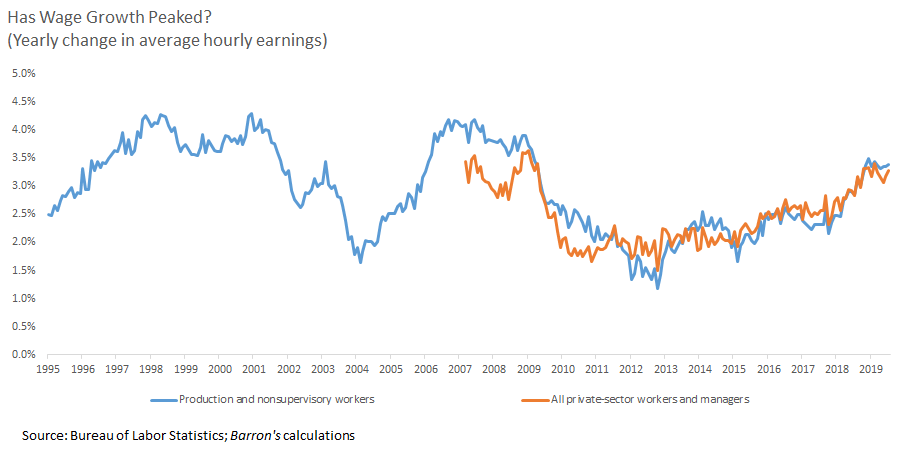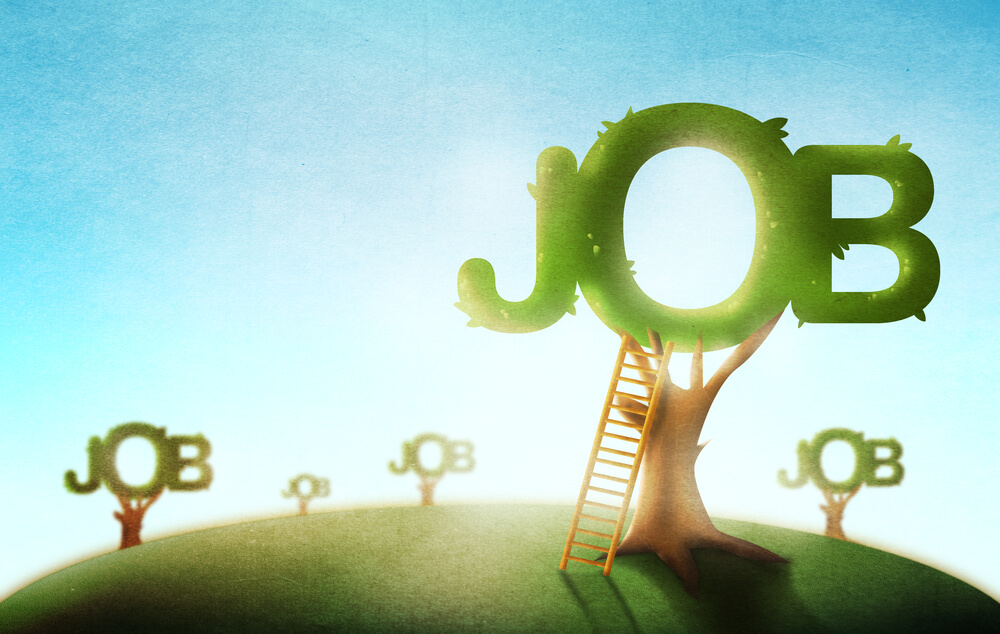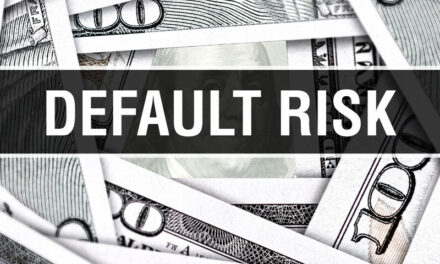The most recent U.S. jobs report dropped Friday, and while the numbers may be stirring up fears of a slowdown, other indicators show the labor market is doing just fine.
The Labor Department’s latest jobs report showed only 130,000 positions were added in August, with 25,000 of those being temporary positions added by the government to work on the 2020 Census. Analysts projected 160,000 jobs would be added. But this ignores the fact that a greater share of Americans already have jobs, and wage growth is beating projections.
Some may try to point to June and July’s numbers being revised down by an additional 20,000 positions as another sign of weakening, but employment growth has actually been slowing for almost five years, according to Barron’s. In 2014 the annual rate of jobs added was above 2%, and that rate is sitting at 1.3% now.

Improving economic conditions are part of the reason for this slowdown because the pool of available workers is shrinking as more people find jobs.
Unemployment has been floating around 3.7% for the past year, which is historically low. But that number has not been a helpful indicator as the economy continues to recover from the Great Financial Crisis in 2008.
Economists David Bell and David Blanchflower have found a more useful metric in looking at people who work “part time for economic reasons,” according to Barron’s. The two economists like the metric because it more accurately shows a person’s ability to secure a job that leads to wage increases.
Since the middle of 2018 this indicator has been somewhere around 3% after being at 6.5% in 2009-10, and recent data shows the metric could be heading even lower. It’s been at 2.7% the last three months, which is the lowest it’s been since 2001.
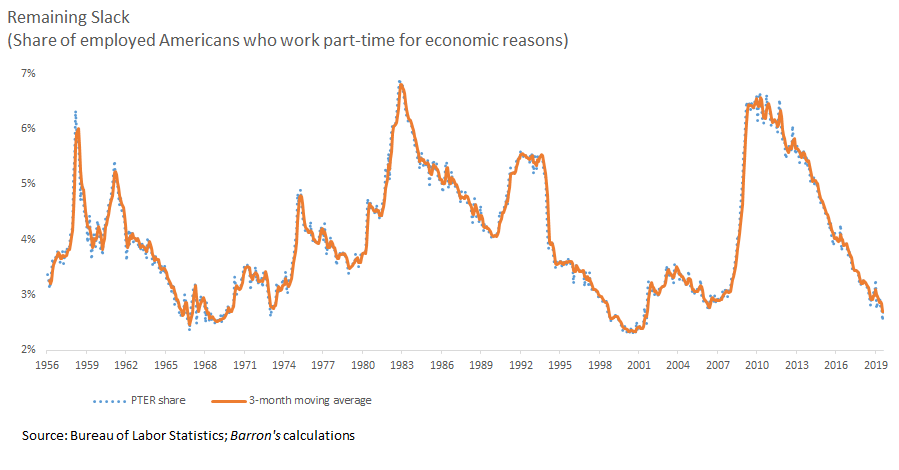
“Prime age” employment — individuals with jobs between ages 25-54 — is also up to 80% which is just short of levels reached before the financial crisis in 2008. This rate was only hitting 75% in 2009, and had been slowly climbing back to just below 80% in October 2018 before dropping again by 0.5% through July of this year. But the August’s major rebound is promising.
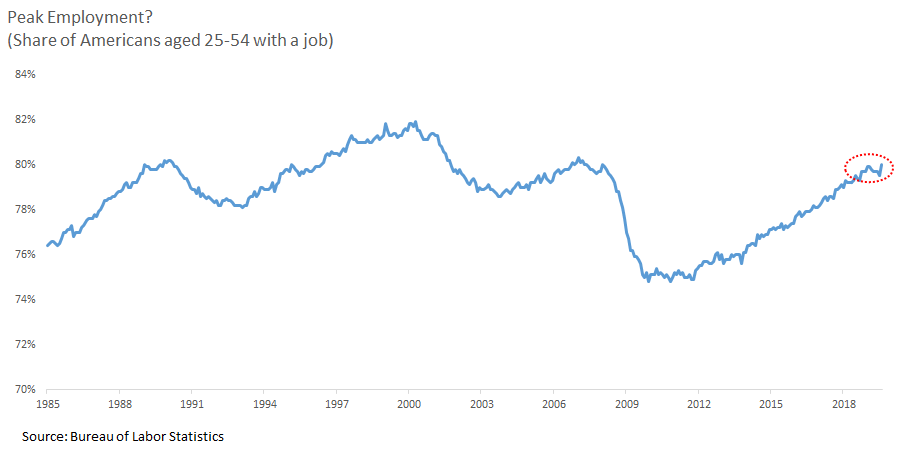
Wages in the private sector have increased by 3.2% over the last year as well, which is broadly trending at the same rate, or only slightly slower, as growth in the U.S. since October 2018. It has been on the rise in the past few months as well, fighting off fears of slowdown.
